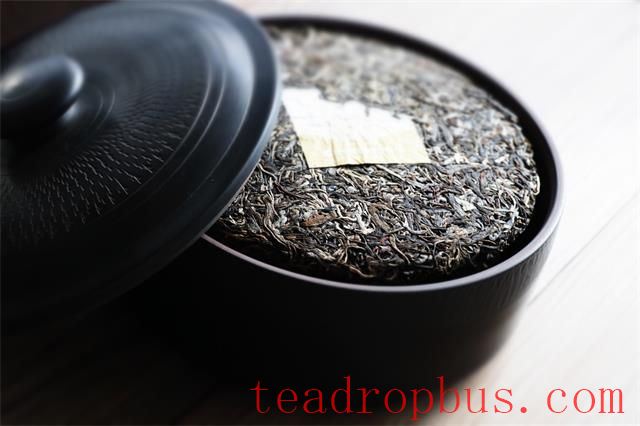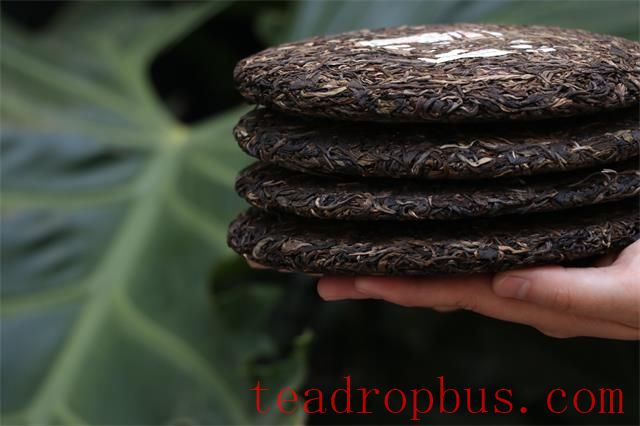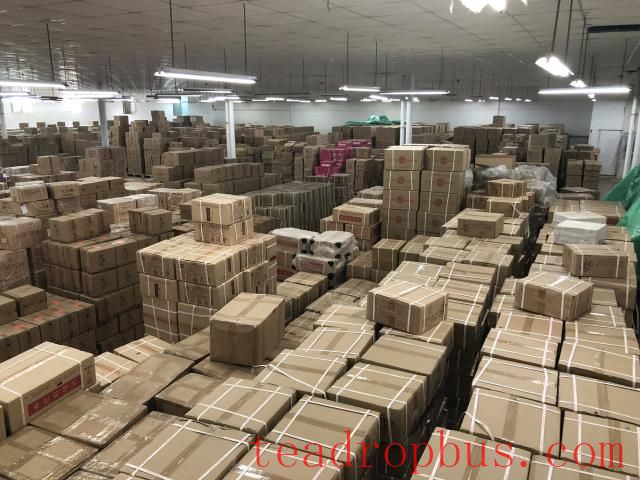Pu'er Tea can indeed become more fragrant, rare, and valuable with age, but this is contingent upon meeting three conditions: high-quality raw materials, excellent processing techniques, and proper storage. These are the foundational requirements. For the market, however, the tea must also have a certain level of recognition and liquidity. In other words, after being stored for several years or even decades, there needs to be market demand. Otherwise, it can only be consumed personally.

What Kind of Pu'er Tea Becomes More Valuable as it Ages
Pu'er tea that has aged significantly has the characteristic of becoming more fragrant over time. Due to the linguistic habits in Chinese, many people might associate “aging” with “becoming more expensive,” equating old tea with value. In reality, the high prices of old teas are not only due to their superior quality but also related to their market share, or more simply put, their remaining stock levels.
Old teas need not only to be old but also scarce. Consider those old teas whose prices have skyrocketed, such as the 88 Qing Bing, the 96 Purple Dayi, the 97 Water Blue Imprint, the Ban Zhang Bai Cai, and the Fojin Earth Chicken Tuocha. Which of these teas isn't known for having limited stock and being highly sought-after?
After years of consumption, very few of these old teas remain. They truly are consumed one less piece at a time. The reason they are so expensive is because their classics cannot be replicated, and because rarity drives up their value.

The Foundation for Pu'er Tea to Become More Valuable with Age
Not all Pu'er teas will become “more fragrant with age” after storage. In addition to the quality of the raw materials used and the processing techniques, the storage environment during later stages will have a significant impact on the overall transformation process.
If the raw material itself is of poor quality, or if improper processing leads to the premature depletion of its internal components, then such Pu'er tea does not have the potential for valuable transformation in the future. If storage conditions do not meet the necessary standards, it could result in the tea being improperly stored.
Pu'er tea that is merely old but hasn't improved in quality or is even less enjoyable than new tea will naturally not see any appreciation in value.

What Kind of Pu'er Tea is Worth Storing
1. Brand: There are many old teas circulating in today's market, but almost all mainstream, well-known, and higher-priced old teas come from just a few major brands. This indicates that brand reputation is paramount, and old teas from major brands have greater potential for appreciation.
2. Quality: Ultimately, Pu'er tea should return to its drinking value. Therefore, the potential for old teas to increase in value depends on the quality of the tea product itself, primarily the raw materials.
3. Storage: Pu'er tea is a post-fermentation tea, and storage plays a critical role in shaping its quality. Even if the tea you've collected is of high quality, like the 96 Purple Dayi, which is quite famous, if it is not stored properly—say, in a damp warehouse—the aroma will not be pure, and the taste will feel locked in the throat. How could such tea appreciate in value?

For tea enthusiasts who lack a deep understanding of the industry and have no concept of storing tea, it is recommended not to store tea to avoid pitfalls. However, for those with extensive knowledge of the Pu'er tea industry, some teas from larger factories can be appropriately purchased for storage.